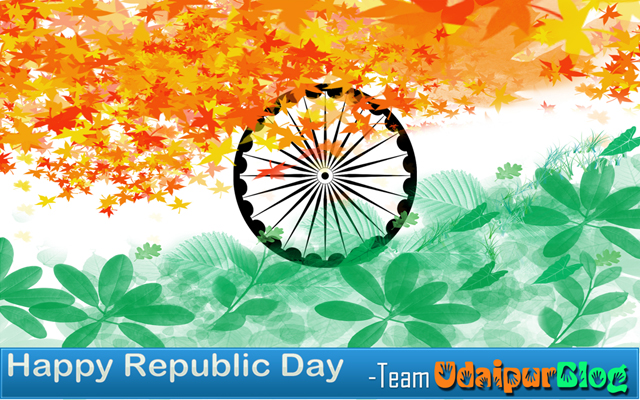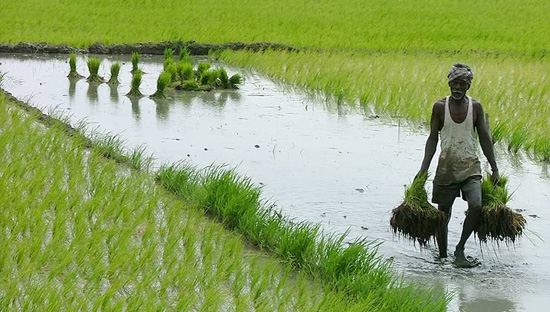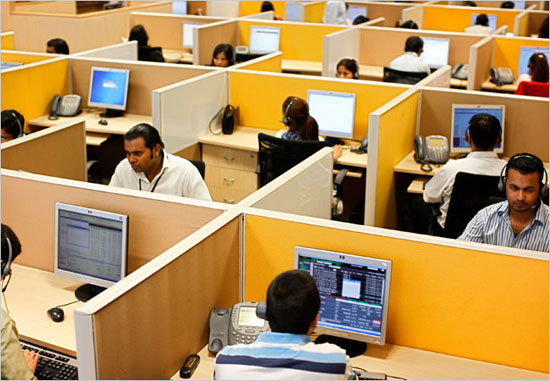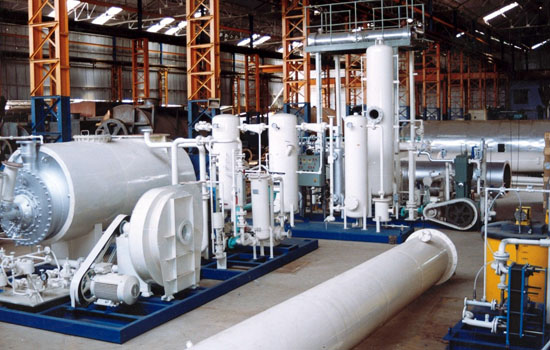How we reached so far: from Independent to a Republic country
The foundation of independence laid before 150 years in 1857, which is described as First war of Independence got success after 100 long years of struggle and on 15th August 1947 when a new democratic country which has taken over the attention of the world with it’s principles of non-violence and peace.
India obtained its independence but did not yet have a permanent constitution; instead, its laws were based on the modified colonial Government of India Act 1935. On 28 August 1947, the Drafting Committee was appointed to draft a permanent constitution, with Bhimrao Ramji Ambedkar as chairman. A draft constitution was prepared by the committee and submitted to the Assembly on 4 November 1947. The Assembly met, in sessions open to public, for 166 days, spread over a period of 2 years, 11 months and 18 days before adopting the Constitution. . This committee finally drafted with 395 Articles and 8 Schedules and it was adopted by the Constituent Assembly on 26 November 1949. After many deliberations and some modifications, the 308 members of the Assembly signed two hand-written copies of the document (one each in Hindi and English) on 24 January 1950. On this day Rajendra Prasad was elected as first President of India. After two days i.e on 26 January 1950 the Constitution of India came into effect, a date celebrated annually as Republic Day in India. 26 January 1950 is one of the most important days in Indian history as it was on this day the constitution of India came into force and India became a truly sovereign country.
On 26 January 1950 India developed into a democratic republic with a president, prime minister and a council of ministers, all who are elected by the public. India’s full title is The Republic of India and today it is the largest full democracy in the world.
India – Development since 1950
Agriculture
Before independence India was a country which relied heavily on agriculture. After independence this remained much the same, even today India ranks second worldwide in agricultural output. Agriculture and allied sectors like logging, forestry and fishing accounted for 15.7% of India’s GDP in 2009, employed 60% of the total workforce and despite a steady decline of its share in the GDP, is still the largest economic sector in the country. India has always been a major grower of cash crops such as tea, tobacco, coffee and spices while also being a world leader in exporting many varieties of fruit. Although India has developed many modern and innovative means of farming the agricultural sector in India remains synonymous with poverty. The majority of India’s farmers earn less than $2 (USD) per day growing rice on tiny family-owned plots.
Services
The services sector employs 23% of the Indian workforce and began its rapid development in the 1980s, this is in comparison with approx.4.5% in the 1960s. The stimulus for the spurt in growth in the services sector came from two main areas: a substantial stepping up of public investment and also the emergence of a highly educated Indian workforce who were willing to work for far lower wages than their European counterparts. The services sector accounted for 63% of Indian GDP in 2008-09 and as per the Central Statistical Organisation this figure has continued to grow.
Industrialization
Before independence India was a largely agriculture-based country. Post-independence, the Indian private sector began attempts to expand. It has since handled the change by squeezing costs, revamping management, focusing on designing new products and relying on low labour costs and technology. Technology has been one of the main cornerstones of India’s industrial development. Information Technology sector accounted for 5.9% GDP. Mining and other energy exploits have also been one of the main areas which have pushed the industrialization of India since independence. India has the third largest coal reserves in the world. Nuclear power is a very large source of electrical consumption in India. As of 2010, India has 19 nuclear power plants in operation generating 4,560 MW while four other are under construction and are expected to generate an additional 6000 MW. This recent development has coincided with further industrialization of many of India’s cities.
The development of India since independence has changed it into a democratic, industrial country at the forefront of becoming a big global power. However due to this rapid change and urbanization, India faces many problems. The country is facing many sustainability issues in the near future which will be discussed below.
India and Future Sustainable Development
Poverty
Poverty is an everyday sight in India but something which must be addressed or it will negatively affect the country’s future sustainability. According to a 2005 World Bank estimate 42% of the Indian population fall below the international poverty line. Although this is a major increase on the figure of 87% in 1980 it is still a shocking statistic. If India is to become a truly developed country it must develop a form of social welfare scheme, this means that at current poverty levels close to 240 million people would be availing of welfare benefits. This is a figure which is simply not viable, therefore if India is to sustain development into the future it must do something to lower poverty levels.
The Environment and Pollution
Although India is low on the carbon emissions scale compared to countries such as America its carbon levels are still very high and steadily increasing. India is emitting 1.17 tonnes of CO2 per person per year and this is an ever-increasing figure. Most of these carbon emissions are coming from factories and industry. India’s main fossil fuel is coal (a very high polluter) means that air pollution levels will probably continue to increase. However there have been some encouraging signs in recent years as the government and legislators have begun a major drive to invest in clean technology and recycling facilities.
Water
India has huge problems with water pollution. The river Ganges is considered to be one of the world’s dirtiest rivers and still an estimated 2 million people bathe in its waters everyday due to Hindi beliefs and culture. Some sources even say that India’s water pollution problem is so bad that 70% of available water in India is contaminated. Indian officials must act to create sewerage treatment plants in order to reverse the country’s unprecedented levels of water pollution.
Another Sustainability issue which India faces in the future is the problem of water availability. According to World Watch Institute, Indian demand for water in urban areas is expected to triple by 2025. Another big problem is that actual water reserves look set to deteriorate due to global warming. 80% of India’s water comes from the Himalayas, either from rainwater or melting glaciers. If current projections are correct global warming will melt many of the Himalayan glaciers away by 2030 and this would result in the level of many of India’s main rivers dropping further pushing water demand.
Poverty and the Environment
The links between poverty and pollution and environmental-damage can be seen everywhere in India. The use of rivers as sewers is common to Indian slum areas. However to blame India’s poor for the environmental degradation would be a huge mistake. It is the lack of resources and facilities provided to the poor which results in the level of damage occurring in India. However there are many methods which the Indian government could use to tackle both problems i.e. reduce poverty by tackling environmental degradation.
- Strengthen participation by the poor in decision-making related to access to environmental resources: People in India’s poorest areas should be involved in deciding where sewerage should be provided and how best to provide clean water as their local expertise would be vital.
- Employ only local people in the building of environmental resources in their slum areas: This would boost the local economy and also create a sense of pride in environmental resources within the community.
- Expand the natural asset base of the poor: By providing free plots of land to the countries poor India could promote a sense of environmentalism and a respect for nature while also providing economic assistance to the poor.
Conclusion
India has developed from an agricultural country into an urbanized, industrialized country. However this has led to many problems for the country including poverty and environmental damage. However it is not too late for India to fix its problems and hopefully in the future we will see this happening.
“Mother Earth provides enough to satisfy every man’s need but not every man’s greed”
– Mohandas Gandhi.
Appeal to people of India
We the people of India should participate in development of Indian directly or indirectly. Instead of always finding negative things and only talk over that, we should work together to eradicate the negative things and polish positive things.
Team UdaipurBlog wishes all the readers a very Happy Republic Day
– By Monika Jain





